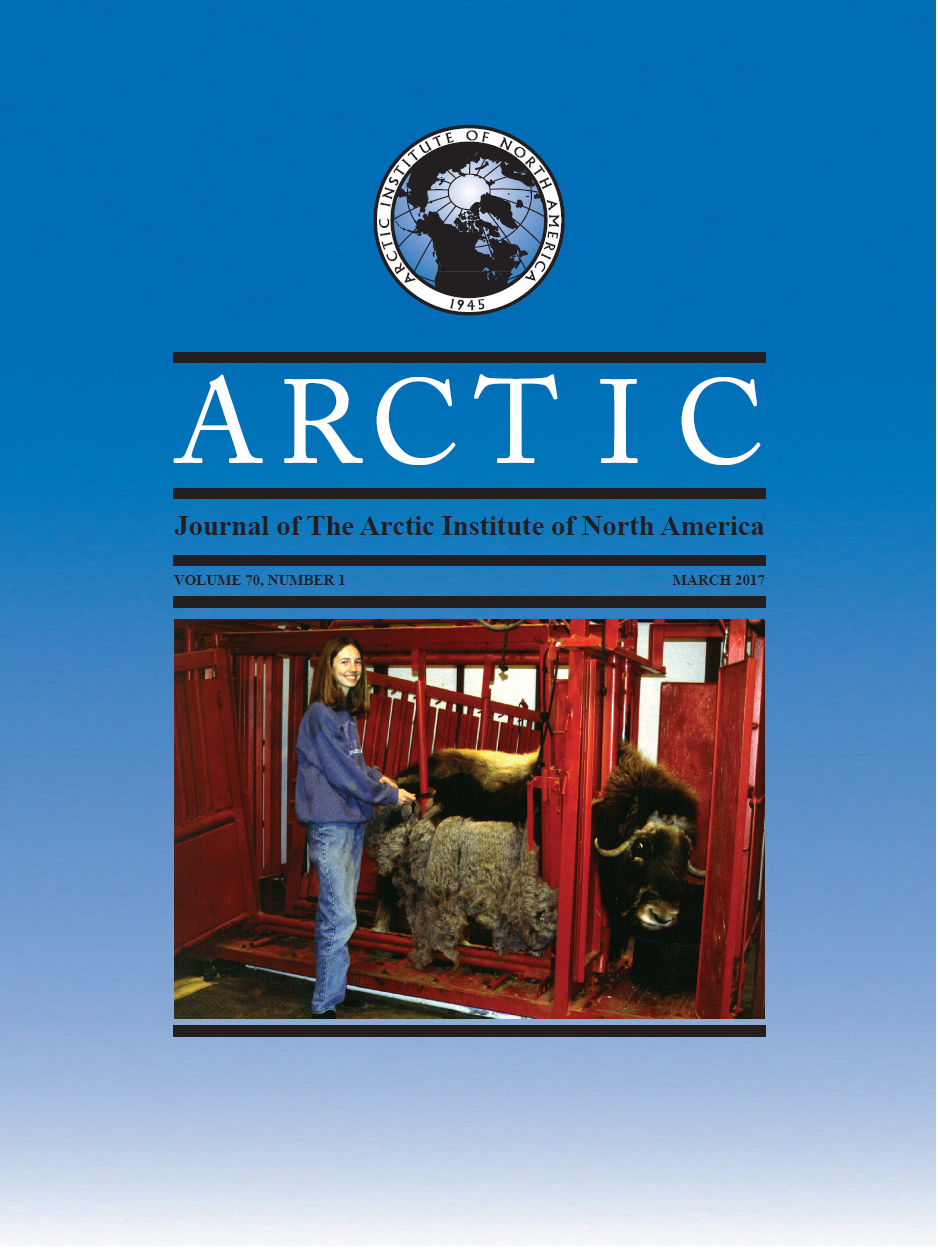Farming Muskoxen for Qiviut in Alaska: A Feasibility Study
DOI:
https://doi.org/10.14430/arctic4626Keywords:
economic feasibility, qiviut, muskox, sustainability, enterprise budget, indigenous livestock, place-based agricultureAbstract
Muskoxen (Ovibos moschatus) have been farmed since the 1960s for their fiber, called qiviut, a luxurious and highly valued underwool that is their primary insulation during the Arctic winter. Muskoxen are uniquely adapted to the Arctic. They thrive on local forages, do not require protection from the cold, and adapt well to many traditional husbandry practices. While muskoxen can be farmed for qiviut, the question remains whether it is an economically feasible and potentially sustainable enterprise in subarctic Alaska. This feasibility study was conducted using an enterprise budget for two herd sizes, 36 and 72 muskoxen, to estimate the principal costs and model different sales combinations. Under several revenue-generating scenarios, the feasibility study indicated a potential for economic viability of an established enterprise. The most profitable scenario for either herd size was selling all the qiviut as value-added yarn, coupled with livestock sales. In the absence of selling livestock, the enterprise was profitable at either scale assuming all the qiviut was sold as yarn. Selling qiviut solely as raw fiber was not projected to break even under the model parameters. The modeled enterprise emphasized the importance of value-added goods, economies of scale, low or zero opportunity costs, and the potential of a more active livestock market.


